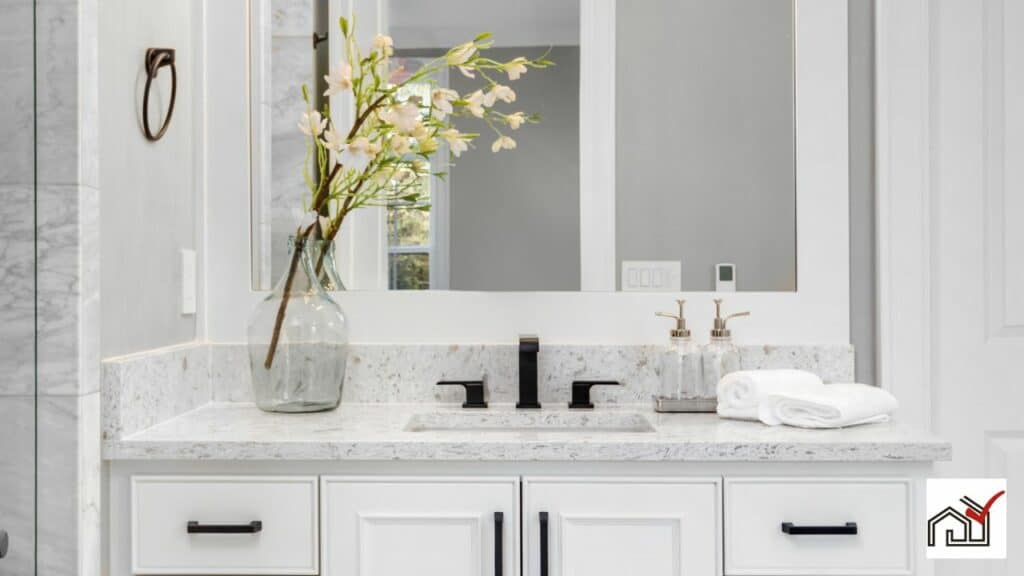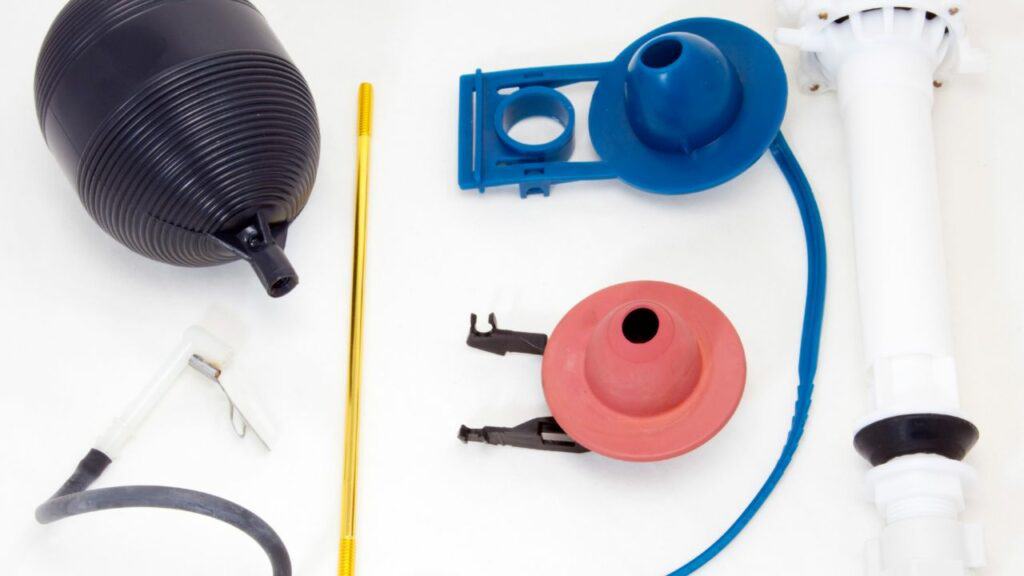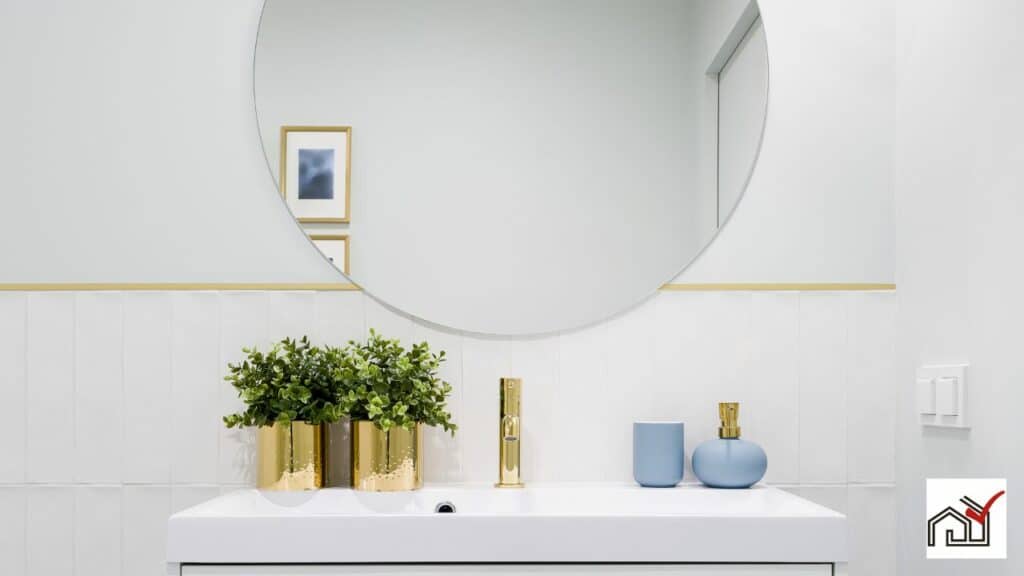When installing new bathroom tiles, homeowners must decide if they will tile under the bathroom vanity. Tiling under the vanity creates a consistent floor and makes it easier to replace or reposition the vanity later. This approach can also accommodate changes in vanity size.
However, tiling around an existing vanity can save money if the vanity is not going to be moved.
This text examines the factors to consider when choosing whether to tile under bathroom vanities, including design consistency, cost, and bathroom flexibility.
Assessing the Pros and Cons
Tiling under a bathroom vanity provides a consistent look and allows for future vanity changes without the need for additional tiling. This approach avoids exposed, unfinished floors, offering a professional appearance. However, it may raise labor costs and time, possibly reduce counter height and toe kick space, and increase material costs, especially with premium tiles.
Tiling around a vanity simplifies installation by reducing tile cutting and shaping. It facilitates replacing an old vanity with a new one without complex tiling. Yet, this method could limit future vanity replacement options to the same footprint to ensure floor uniformity.
When deciding to tile under or around a bathroom vanity, one should consider these factors based on individual needs, aesthetic choices, and potential future bathroom modifications.
Tiling Before Vanity Installation
Tiling before installing a bathroom vanity creates a consistent floor and makes the process easier. This method provides several advantages, including the ability to change vanities in the future without worrying about uncovered floor areas.
Installing tiles before the vanity allows for a simpler layout with fewer cuts and details. It benefits both DIYers and professionals by speeding up the work. A full floor of tile also eliminates the need to drill into tile when securing vanities to the floor.
Tiling under the vanity improves the look of the bathroom, makes cleaning easier, and protects the floor from water damage.
Vanity Replacement Considerations
When replacing a bathroom vanity, consider the compatibility of the new vanity with the existing layout and flooring. Tiling under the vanity allows for future changes in vanity size or style without being limited by the previous footprint.
If you remove an old vanity, the new one may not match in size. Tiling the entire floor prevents issues with uncovered areas, regardless of the new vanity's size or style, but requires more materials and cost.
Tiling around the existing vanity saves on materials and simplifies installation. This is cost-effective if you don't plan to change the vanity again or if the new one has the same dimensions. However, this may cause problems if you later decide to install a differently sized vanity, as it could be difficult to match the existing tiles or might necessitate a complete flooring redo.
The choice to tile under or around the vanity should reflect your future plans for the space. For more flexibility in future renovations, tiling under the vanity is advisable.
Cost Implications Explained
Tiling beneath a bathroom vanity increases costs due to the need for more materials and possibly higher labor fees. This approach affects the renovation budget since the area hidden by the vanity requires additional tiles, cement board, and grout. Tile prices vary widely, and choosing high-end options will raise the overall expense, especially when the entire floor is tiled. Labor costs may also be higher for this work because it involves precision and cuts for plumbing.
When getting quotes, it's important to ask if the price includes tiling under the vanity to avoid unexpected costs. Although more expensive initially, tiling the entire floor offers long-term benefits like easier cleaning, water damage prevention, and fewer future floor repairs if the vanity is changed. The decision should weigh immediate expenses against potential future advantages.
Installation Process Overview
The installation process begins with accurately measuring and marking the area for tiling. In bathrooms, careful preparation is essential to handle moisture and heavy use. If tiling under a vanity, room measurements determine material quantity and layout.
Tiling should be done before installing the vanity to create a flat, uninterrupted surface, avoiding complex cuts around the vanity base. This also allows for cabinet changes later without worrying about tile matching.
The subfloor must be prepared to be clean, level, and strong enough for tile and vanity weight. This might involve reinforcing the subfloor or using shims for a level vanity installation. Professionals use specialized techniques and tools to precisely cut and place tiles.
Tiling under the vanity offers a cohesive appearance and flexibility for future updates, but it requires careful planning and installation for long-term quality and durability.
Design Impact Analysis
Fully tiling the bathroom floor beneath the vanity improves the room's look and prevents the need for floor changes when upgrading the vanity. It creates a uniform look that complements the overall design.
Choosing the right tile is key for a clean appearance. Large tiles can make the space feel bigger and have fewer grout lines, adding to the room's modern feel. Tiling under the vanity also allows for more design options, like using bold patterns or textures, with the flexibility to change vanity styles without clashing.
Practically, tiling the entire floor makes cleaning easier by eliminating hard-to-reach spots and reducing moisture buildup. If the vanity is replaced or moved, the floor design remains intact.
Despite initial higher labor costs and detailed installation, the benefits of design versatility, maintenance ease, and visual consistency make tiling under the vanity a worthwhile investment for a durable and flexible bathroom design.
Maintenance and Upkeep
Tiling under a bathroom vanity simplifies maintenance and cleaning. Tiling the entire floor ensures that if the vanity is removed or replaced, the floor will not require additional work. This complete tiling allows for easier cleaning, preventing mold and mildew by removing tight spaces where dust and moisture can collect. Regular maintenance of a fully tiled floor can also increase the longevity of the tiles and vanity.
Additionally, a fully tiled floor makes it easier to conduct repairs or replace the vanity without the concern of matching discontinued tiles. Although initially more costly and labor-intensive, tiling the full floor under the vanity offers clear long-term maintenance and aesthetic benefits, as well as flexibility for future changes.




